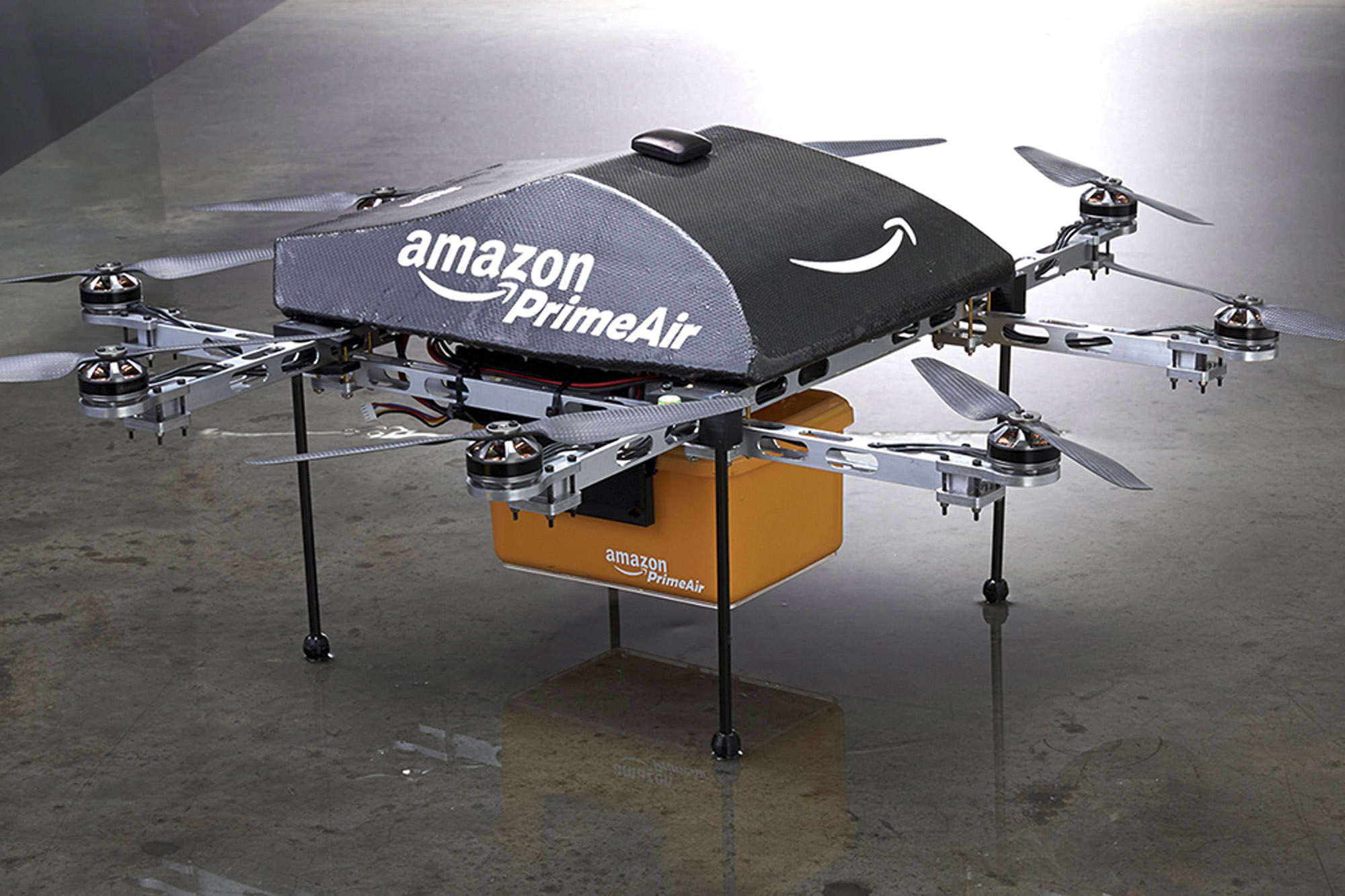
As technology continues to evolve, companies look for new ways to deliver consumer goods to their customers at record delivery times. Companies such as Amazon, Google and UPS have developed autonomous delivery drones to fulfill a customer’s online orders in minutes. It was not too long ago when Amazon CEO Jeff Bezos announced that Amazon would be using octocopter drones to deliver items directly to the customer’s doorstep in thirty minutes or less, in a taping of CBS’ “60 Minutes.”
Since then, the company has announced its Amazon “Prime Air” program, a delivery system which does just that.
Many other competitors have followed suite with similar programs, with names like Google’s “Project Wing” and a private company “Flirtey.” It is worth mentioning that Flirtey was the first company to receive Federal Aviation Administration approval to conduct a drone delivery in the U.S. in 2015. This fact alone can be credited to landing one of their drones in the Smithsonian’s National Air and Space Museum.
In August 2016, the Department of Transportation and the Federal Aviation Administration released a 624-page publication of regulations known as “Part 107.” It dictates the first national, uniform regulation for commercial operation of unmanned aircraft systems under 55 pounds. Pilots must be at least 16 years of age, operation of aircraft must be under 400 feet, and the pilot must pass an initial aeronautical knowledge test. These are only a few requirements for operating drones for work or business.
Delivery via drone has not been officially released as a service available to everyday consumers, but huge strides have been made to make this possible in the near future. Companies have unveiled prototype unmanned quadcopter and octocopter drones, able to deliver consumer goods right to their doorsteps. These prototype drones can carry up to 5 pounds, and make deliveries up to a 10-mile radius in a matter of minutes. This is a huge advancement, as drone delivery was not something that was possible, at all, just two years ago.
Delivery drones would be able to cut the cost of labor and customer wait times by taking advantage of sky routes.
Delivery drones use both GPS and 4G to map out their coordinates and navigate to the customer’s location. Being able to fly directly to mapped coordinates through the skies would eliminate factors such as traffic and human error.
Even though drone delivery seems to have its advantages, companies face the issue of being able to maintain low-costs of shipping per delivery. At the current moment, all prototypes of these “delivery drones” only carry one package at a time. Once the package is delivered, the “delivery drone” would have to return to its home base to recharge its batteries and pick up another package. This is compared to current delivery trucks which average 120 stops a day, delivering thousands of packages daily. In the meantime, companies will continue their efforts to make delivery drones a part of our everyday life, even though it might not be as fast as some executives like Bezos promise.



